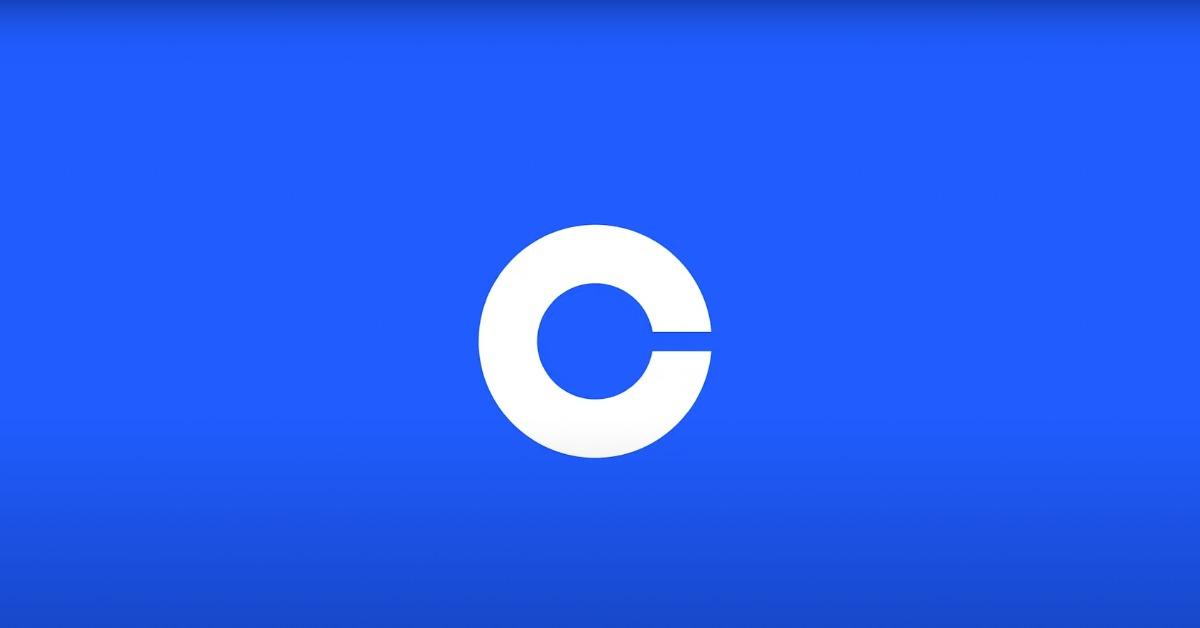This Floating QR Code Might Have Been the Most Ingenious Marketing Ploy at the Super Bowl
Published Feb. 14 2022, 11:33 a.m. ET

If there's one thing that the Super Bowl is known for — besides football, of course — it's the commercials. Some of the world's biggest companies shell out absurd amounts of money each year for just a few seconds of coveted air time during the biggest event on television in the U.S.
A lot of the time, these ads are big-budget, feature celebrities, or rely on sheer shock value to convey their messages. However, one particular ad during Super Bowl 56 that caught a lot of people's attention did the exact opposite: float a simple QR code around a black screen. Nothing else. So, what was the QR code commercial during the Super Bowl all about? Keep reading to find out.

What exactly was the QR code commercial that aired during the 2022 Super Bowl?
If the presence of a silent, seemingly ominous code floating around your screen for 30 seconds during the usually otherwise energetic Super Bowl came off as odd to you, you're far from alone. Instead of creating an over-the-top, movie-level advertisement for their services, Crypto trading platform Coinbase decided to try something far more experimental.
During those aforementioned 30 seconds, a QR code bounced around a black screen, changing hues every few seconds. There was no audio whatsoever, and no company logo or anything to identify the ad at any point during its runtime.
The QR code, when scanned by a smartphone, directed viewers to Coinbase and promised them $15 in Bitcoin for creating a new account.
For however simple and bare-bones the ad was, it was seemingly effective. It likely cost very little to produce (although roughly $7 million to air, per The Wall Street Journal), and the mysterious QR code drew so much curiosity that it quite literally crashed the Coinbase app during and right after the ad premiered.

This, naturally, was an unintended consequence of what went down and likely did some damage to Coinbase's initial projections for how much profit and buzz they could generate from such a huge ad placement. The ad successfully delivered what its creators intended: a mysterious visual that got people curious. Ultimately, however, thanks to the company being unequipped to handle the level of traffic that the ad brought them, it backfired and shut the server down temporarily.